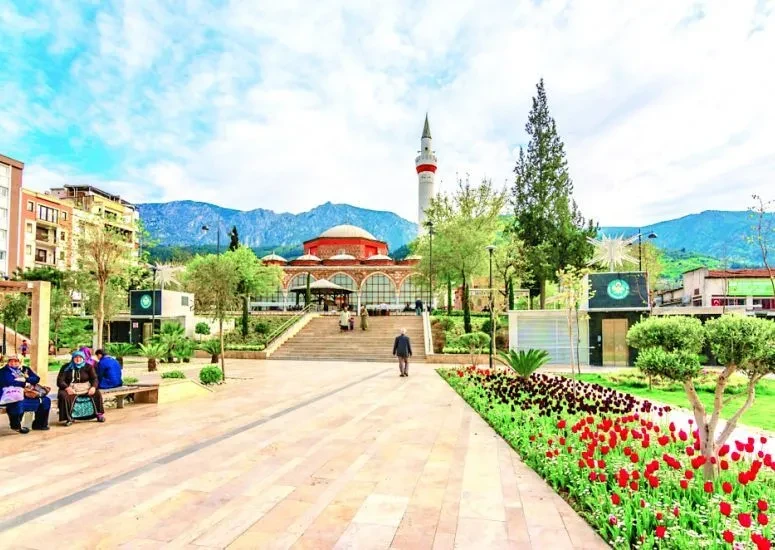Picasso’s line of defense: How Spanish artist transformed Turkish art
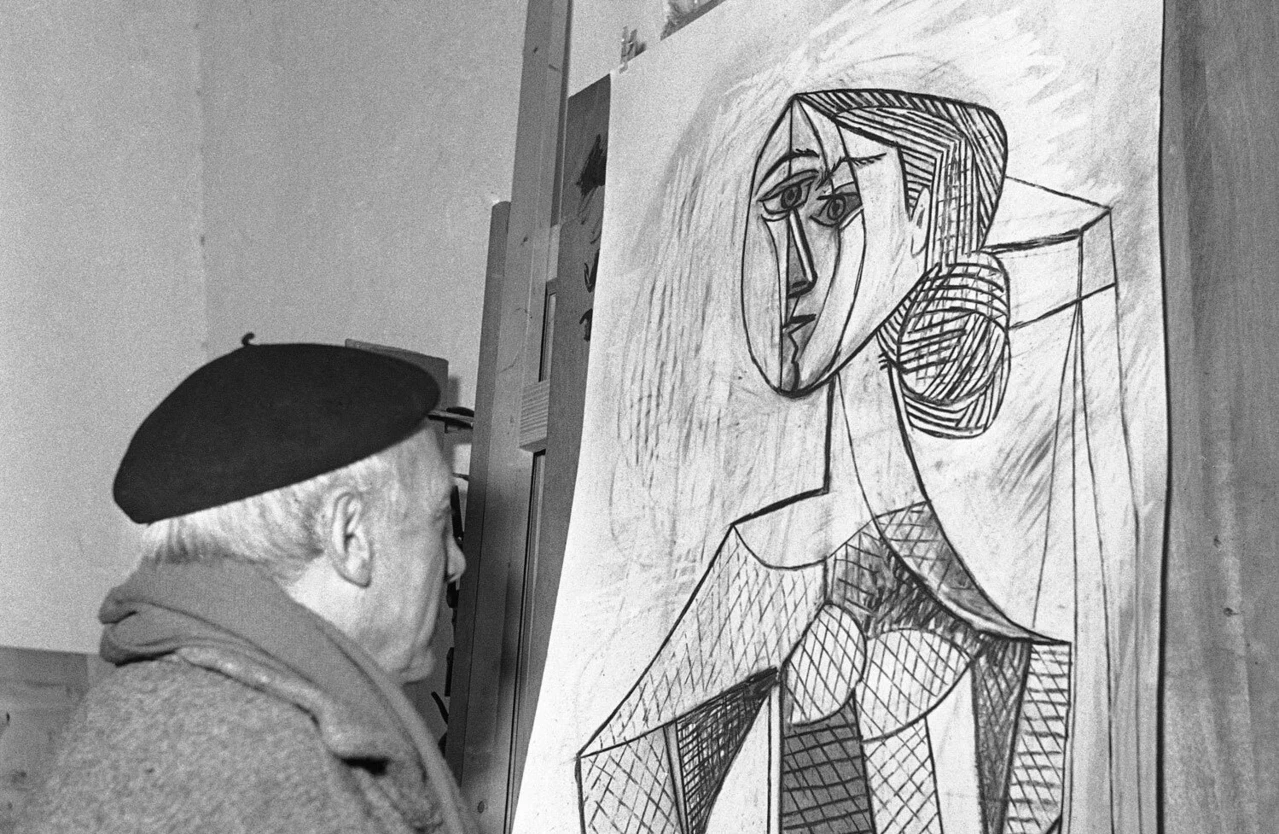 Artist Pablo Picasso looks at a recent painting, "Portrait of a Woman," in his studio in Vallauris, French Riviera, April 8, 1953. (AP Photo)
Artist Pablo Picasso looks at a recent painting, "Portrait of a Woman," in his studio in Vallauris, French Riviera, April 8, 1953. (AP Photo)
Istanbul is currently hosting an exhibition showcasing the works of the world-renowned artist Pablo Picasso. Titled “Pablo Picasso: A Journey from Painting to Ceramics,” this exhibit features pieces from the Spanish painter who spent much of his life in France, along with validations of his family’s authenticity.
This exhibition showcases a fascinating cultural exchange: while the West celebrated Picasso, he was profoundly influenced by the artistic traditions of calligraphy.
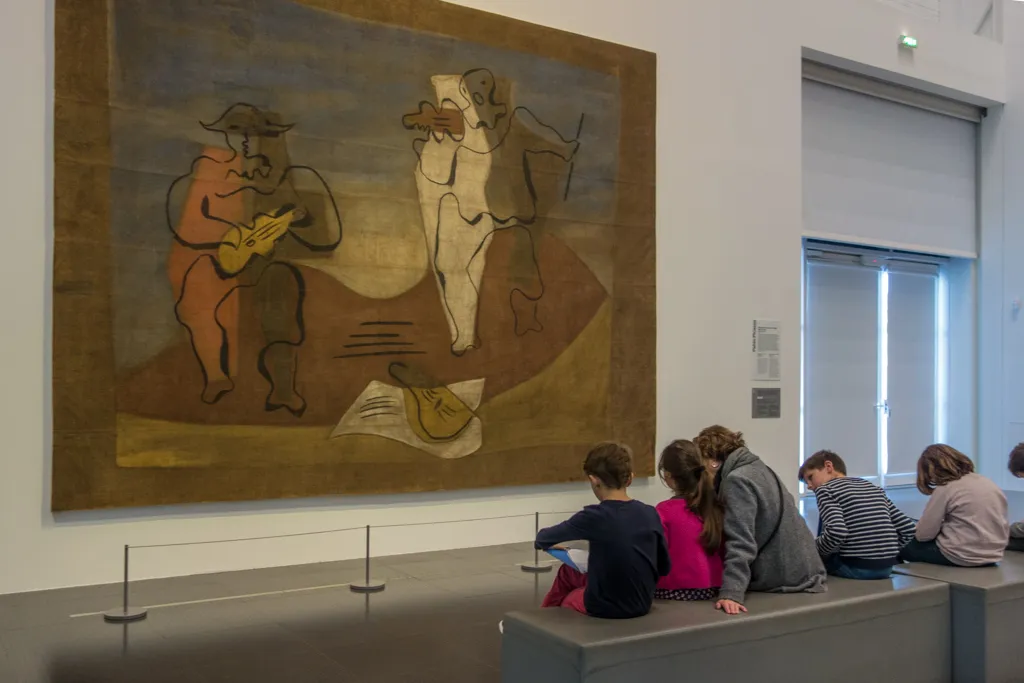
Breaking taboos in Turkish art
Picasso reportedly encouraged art students who visited him in Paris to draw inspiration from Turkish calligraphy, a tradition that was once nearly banned in Türkiye. His enthusiastic praises shattered long-held taboos surrounding calligraphy in Türkiye, prompting some artists in the past century to embrace tradition.
Notable artists who interacted with Picasso have shared their experiences. For example, Devrim Erbil, often referred to as the poet of Turkish painting, recounted a striking moment when Turkish painter Nurullah Berk visited Picasso in Paris.
Berk recalled, “Picasso asked me if I had studied calligraphy thoroughly.” This highlights Picasso’s profound awareness of global art and culture, as well as his admiration for calligraphy and miniature art.
Picasso’s artistic pinnacle
In the words attributed to Picasso, he said, “This is painting … the point I aimed to reach has long been achieved by Islamic calligraphy. How rhythmic these are! Something can emerge from them! They are Eastern in color but, more than color, they are linear and abstract.” Such praise from a Western artist is indeed remarkable.
Another similar sentiment attributed to him states, “Had I known there was such a thing as Islamic calligraphy, I would have never begun painting. I strived to reach the highest levels of artistic mastery, yet I saw that calligraphy had achieved this centuries before me.”
Artists like Hasan Kavruk, who also visited Picasso, received similar guidance. Picasso warned him, “Return to your country!” and referred to calligraphy as a treasure.
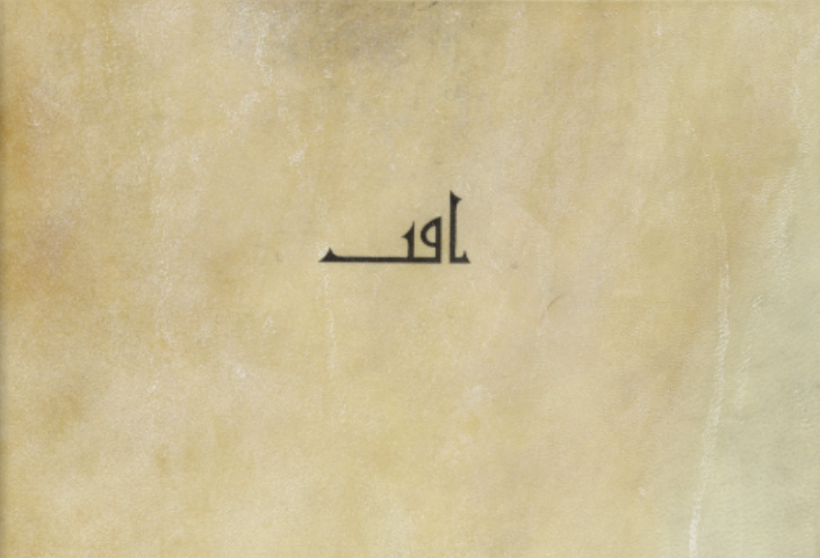
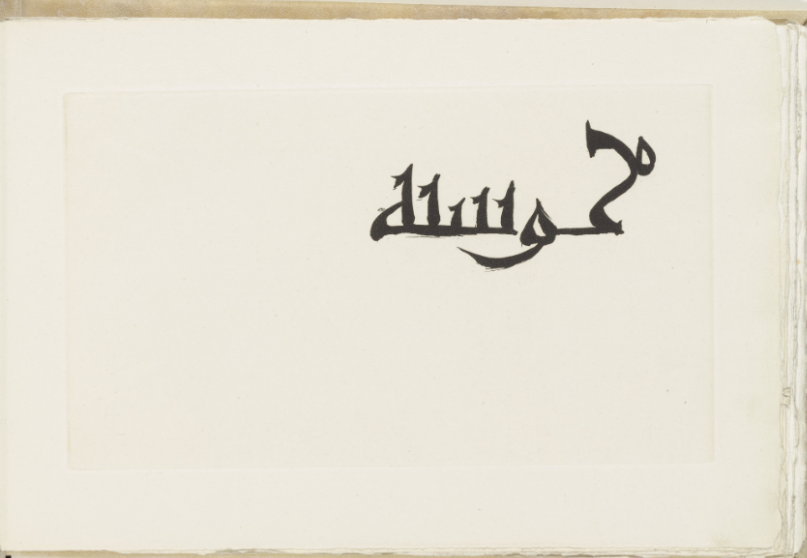
Did Picasso draw inspiration from calligraphy?
Picasso’s admiration for calligraphy was not merely superficial. While he didn’t directly copy calligraphic styles, his work, particularly during his Cubist period, was significantly influenced by its abstract forms and dynamic lines. As Gertrude Stein observed, Picasso incorporated elements of calligraphy into his paintings, transforming them into his own unique visual language.
Moreover, Picasso created kufi-style paintings for Ilia Zdanevitch’s book “Afat” and evidently drew from calligraphy in his illustrations for Pierre Reverdy’s “Le Chant des Morts.”
Picasso’s Arabic roots
Picasso, born in lands once ruled by Andalusia and with Arabic roots, expressed a deep connection to Islamic culture. As he famously stated, “I enter my studio like a Muslim enters a mosque, leaving the world’s trivialities behind.” His wife, Francoise Gilot, noted his admiration for Islamic attire and his general sympathy toward Islamic beliefs.
This facet of Picasso’s life remains an area awaiting further exploration.
Pablo Picasso’s unique appreciation for Turkish calligraphy has left a lasting impact on both Western and Turkish art. His legacy encourages modern artists to explore and celebrate cultural intersections.


